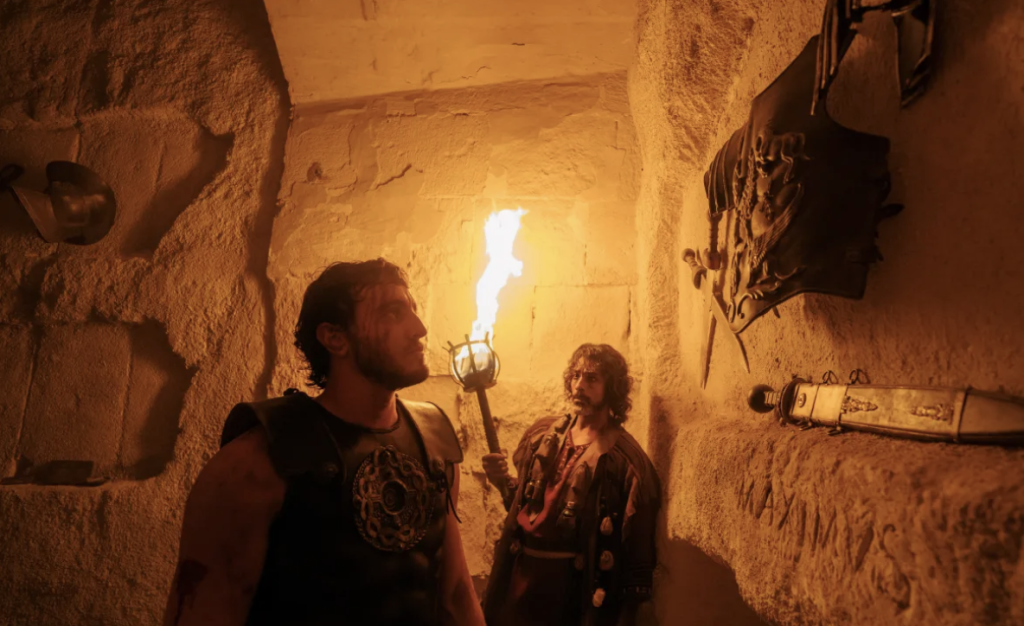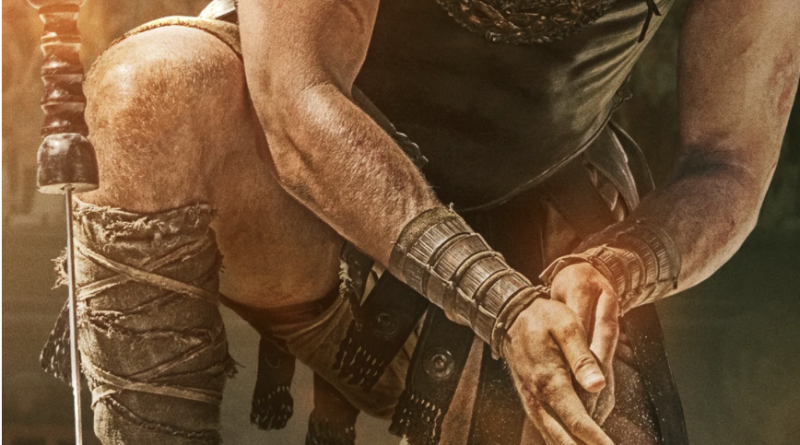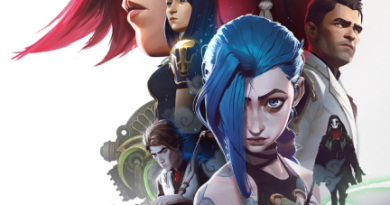FILM REVIEW: Gladiator 2, surprisingly not a bad sequel
Worth watching on the big screen, Gladiator 2 delivers from its bone crushing battle sequences and fantasy-like scenes involving great white sharks swimming in the Colosseum.
Gladiator 2 has a lot of expectations to live up to since its original was released in 2000. The first Gladiator, directed by the notable Ridley Scott, won a total of five Academy Awards from the 12 Oscars it was nominated for.
This included Best Director, Best Visual Effects, Best Picture and Best Actor in a leading role which the New Zealand-born Australian Actor Russell Crowe won. The film won a triumph of other accolades and became the highest grossing film that year.
It was safe to say that Gladiator was a box office hit and became an instant classic. Several films were heavily inspired to try to replicate its success including the films “300” (2007), “Troy” (2004), “Alexander“ (2004) and much more. But to everyone who has seen the first Gladiator, you know that the film has a closed, conclusive ending.
The main character Maximus dies because of a knife wound from Villain Commodus played by actor Joaquin Phoenix during a duel. After he is stabbed, he finally reaches what he has been dreaming of, which is to see his family again in the afterlife.
That is why so many Gladiator fans were puzzled by Scott’s decision to create a sequel to the successful story more than 20 years later.

The first part of the film begins with our main character Lucius who is later revealed to be the son of Maximus, the main character of the first film, played by the handsome and talented Paul Mescal.
Lucius is living a happy life beside his wife Arishat. Within the first 15 minutes of the film, Arishat dies of an arrow to the heart by a Roman archer. Horrified by what he has witnessed, Lucius is then taken captive as a slave and forced into the brutal underground life of gladiatorial combat. He fights to stay alive and seeks out revenge for his lost love.
Does this sound familiar?
Gladiator 2 rips the first ten pages from the original into a different format but with the exact same synopsis as the first film. A heartbroken reluctant hero avenges his wife and turns out to be the hero Rome always needed. The only difference? Not a whole lot.
One thing the film has going for it is that legendary Academy Award winner Denzel Washington, who plays Macrinus, steals the show.
The main antagonist Macrinus is an untrustworthy arms dealer and power broker who buys Lucius as a slave. He implores Lucius to fight for him as a gladiator and tells him that he can give him what he seeks if he agrees. Although he’s a powerful figure, he requires Lucius to climb his way up the Roman empire.
Through gladiator battles, Macrinus gains more power and becomes more intertwined within Rome’s elite.
While Mescal excels at playing a young heroic gladiator, Washington brings an exhilarating force to the screen every time he’s on it.
Macrinus is a defying opportunistic figure. Washington played this part so effortlessly and went above and beyond to sell how awful and tragically doomed this figure was in the end. He and other supporting characters excel at playing villainous Roman men.
People were curious about how Ridley would pull off epic gladiatorial battle scenes that could measure up to its original. In his sequel, everything is bigger and crazier. Instead of tigers, they used war Rhinos and prehistoric baboons.
The first ten minutes of the film bring us into a siege of a North African city where a fleet of Roman soldiers begin to invade. Desecrating everything in their path, they raped and pillaged the entire city leaving trail of smoke behind them.
While a battle sequence isn’t revolutionary, Ridley did an exceptional job at creating a realistic portrayal of what a battle with the Romans could have looked like 2000 years ago.
Their signature red and golden armor lit up the screen as they dispersed across the North African castle. The overhead scenic shots captured the violent, ruthless and power-hungry Romans conquering yet another acclaimed city.
The film does a persuasive job at reflecting their conquest across Europe and the Middle East. It’s a blood splattering, bone crushing introduction to the film reflecting how the Romans were able to conquer 20 percent of the world.

Lucious shines most when he is out on the battlefield, swinging swords in the Roman Colosseum. His fight sequences with prehistoric baboons and exotic war Rhinos are riveting and keep you locked into the screen. Although he doesn’t come close to outshining Maximus, who was purely seeking revenge for the loss of his wife and son, Lucious offers other aspects that his father didn’t.
Lucius envisions a better version of Rome, one that offers hope and not despair. He is motivated by the actions of his father but believes that Rome cannot continue to survive with its elected leader.
While both characters are similar, Lucius represents the innocence and future generation of Rome. He is hopeful and believes Rome can be saved, if the corrupt are fully held accountable.
Inaccuracies aren’t always such a bad thing, but a major critique of the film has been the lack of coherent story telling about Roman history, specifically gladiators who fought inside the Colosseum. From prehistoric baboons to a colosseum filled with great white sharks, the critics aren’t entirely wrong. The second arc of the film features a supposed naval arc where the Colosseum is filled with water deep enough for the sharks to swim in.
As a performance for the emperors of Rome, the gladiators reenacted a naval battle and put two large ships in the Colosseum to fight against each other. To up the antics, they fill the water with dozens of great white sharks waiting to eat the unlucky losers who fall in.
Is this realistic? Some historical sources have largely disagreed, although some say it is possible because the Colosseum did in fact have several naval battles in water. The water was shallow enough for domesticated animals to be in, but a great white shark might be a little far-fetched.
However, these grandiose fight sequences are enthralling to watch on the big screen. These are the entertaining parts of the film that people will enjoy the most. Despite the misinformation, the inaccuracies aren’t important when watching this action-packed film.
As for the negative aspects, Ridley knows how to orchestrate a film drama, but can’t bring the film back down after it’s been heightened. The entirety is a buildup of climactic dramatic events that accumulate into very mild or unsatisfying resolutions. It leans hard into themes of Greek tragedy and downfall but doesn’t fully rectify all the issues it presents.
Too often, a storyline would be presented and then left to the curb with other irrelevant plot points.
It’s clear that Ridley enjoys building up long dramatic storylines that rope you in. However, he cannot execute these dramatic sequences and leaves you with a rushed, unfinished ending that doesn’t match the hook. Instead, he could have explored more areas of emotional depth and originality. Not everything needs to beat the original Gladiator which is what I think Ridley was trying to do.
Gladiator 2 surprised me most in its enthralling fight sequences and captivating fantasy ideas. I was expecting a mildly entertaining film and came out of the theatre wanting to go back in. The inaccuracies are not nearly as bad as the critics make them out to be, but even so, it doesn’t matter.
This film isn’t meant to be historical, it’s meant to entertain. And do I even need to say it?
Are you not entertained?






